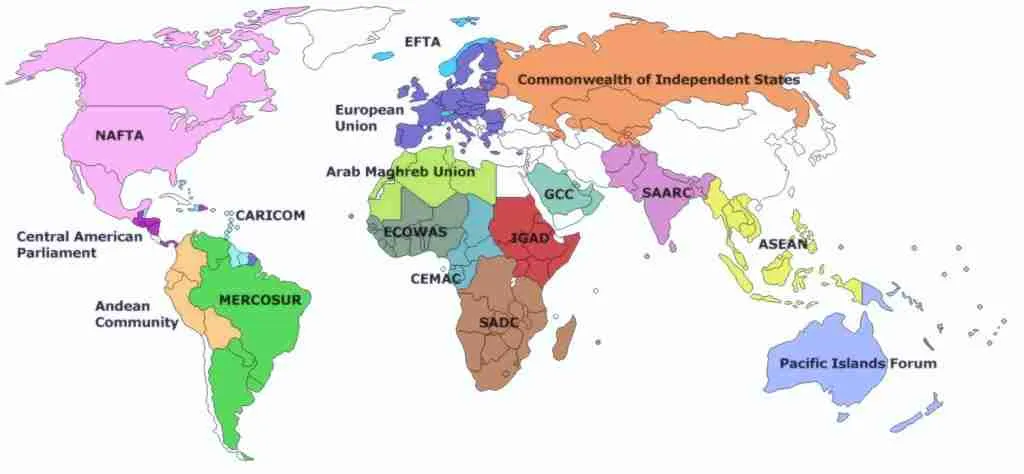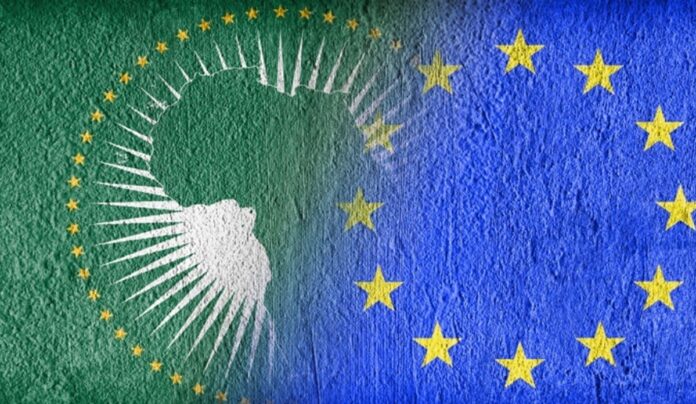By Evi Tsakali,
“There is no parthenogenesis in art”; this is the Greek pop culture reference that came to my mind when we were contemplating whether Africa was actually following Europe in its regionalist approach during an EU Development Policy class, because we tend to assume that Africa is following Europe’s integration is concerned. Certain academics intend to illustrate how this comparison should not be based solely on cases of institutional isomorphism, which -in turn- are not necessarily an indicator of success of the EU’s external action, as former High Representative Catherine Ashton has qualified it. Shedding light on how the EU’s dominance in comparative studies has resulted in a disregard for forms of regionalism that do not abide by the European model, Fioramonti and Mattheis propose an integrated framework for comparison that combines “old” and “new” approaches to regionalism.

Early theorists focused mainly on regionalism as a means of institutional development by “pooling” state sovereignty in order to respond to threats to the nation-state. Viewing it primarily as a top-down institutional arrangement, they concentrate on compatible values and expectations of economic benefits that will give birth to an economic integration that may become a political one. The new, post-Cold War regionalism approach denied this Eurocentric character, albeit maintaining the prevalence of the Westphalian model and state/institutional actors, to the detriment of private actors or informal regionalization.
Even so, Europe could even be characterized as a “latecomer” in regionalism, since concepts such as a common currency or formally binding labor and public budgets existed in other regions way before the Eurozone or the Schengen Agreement. The role of the EU model is not to be undermined of course, but it does not consist of its integration rationale. Given the underdeveloped use of comparison in the field as well as the regional specialization of each scholar, there is a failure to effectively compare regional governance trends across the world in academia. Therefore, the aforementioned scholars attempt to elaborate on a framework combining both regional integration theories and new regionalism approaches.
Breaking down both old and new approaches, Fioramonti and Mattheis thus proceed in an identification of a set of common key themes that will become the object of their comparison, namely the process of regionalization, institutional design, type of regional leadership, conditions for membership, approach to sovereignty, drivers (economic, political or social) and type of regional identity. The synthesis would be proven quite complicated, as both regions in question have paved complex ways into regionalism, however the differences between the two case studies are rendered evident via the aforementioned indicators.
First and foremost, the gradual, non-linear integration process in Europe is contrasted by the largely inter-governmental organization in Africa, with maintenance of the principle of non-interference in domestic affairs, and no grand aspirations to reach full integration in practice whatsoever. This difference is present in the institutional design as well, since -in Europe- it comprises an institutional mix of intergovernmental, hybrid, and supranational institutional institutions (two prominent examples being the Court of Justice of the EU and the European Central Bank), whereas Africa knows no truly autonomous supranational institution (the important role of France as a guarantor of the regional central bank of the WAEMU is indicative). In the meantime, Europe’s selectivity regarding membership and the top-down promotion of the European identity is different from African universality and a strong sense of belonging based on Pan-Africanism. Finally, the European prevalence of low politics coexisting with a cooperative hegemony (i.e. of France and Germany) is opposed to the prevalence of high politics and a reluctant hegemony that characterizes African regionalism.
As a bottom-line, Fioramonti and Mattheis highlight the distinct logics that govern European and African regional integration; they remind us that regionalism per se is evolving and as such, given that academia refrains from over-relying on symbolic emulation and institutional isomorphism, non-European regions could become sources of inspiration for the study of regionalism.




